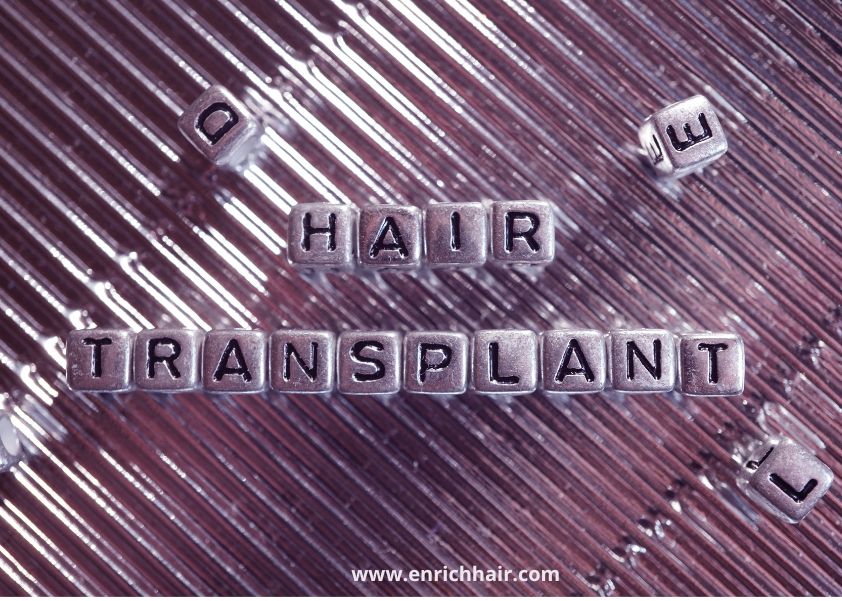Attention: Who Should Get A Hair Transplant?
Table of Contents
If you’re losing hair, don’t panic – there are many solutions available to you. Solutions for hair loss include over-the-counter and prescription medications, laser therapy, and hair transplant surgery.
What Are The Benefits Of Hair Transplant Surgery?
There are many benefits to hair transplant surgery.
- Perhaps the most obvious benefit is that it can restore hair growth in areas where hair is thinning or balding. This can make a dramatic difference in a person’s appearance and can boost their self-confidence.
- Hair transplant surgery can also be more affordable than other methods of hair restoration, such as hair plugs or wigs. It is a relatively short procedure that can be performed in a doctor’s office, and most people are able to return to work within a few days.
- Finally, hair transplant surgery is one of the most effective methods of restoring hair growth. In most cases, it produces natural-looking results that last for many years.
What Are The Risks Of Hair Transplant Surgery?

The risks of hair transplant surgery are:
-
Infection:
There is a risk of infection occurring after hair transplant surgery. This can be caused by the implantation of the grafts and can lead to serious complications if not treated promptly.
-
Bleeding:
There is a risk of bleeding after hair transplant surgery. This can lead to blood loss and, in extreme cases, death.
-
Scarring:
There is a risk of scarring after hair transplant surgery. This can be permanent and may impact the appearance of the scalp.
-
Nerve damage:
There is a risk of nerve damage after hair transplant surgery. This can lead to long-term numbness or paralysis in the area where the surgery was performed.
Who Is The Best Candidate For Hair Transplant Surgery?
The best candidates for hair transplant surgery are those who have healthy hair follicles that are capable of growing new hair. Other factors that can impact the success of a hair transplant include the patient’s age, health, and amount of hair loss.
The patient’s age must be above 24 years.
Patient in good health condition.
The best candidates for hair transplants are people who have healthy hair follicles and plenty of donor’s hair.
A good candidate will also have realistic expectations about the results of the surgery.
Who Should Get A Hair Transplant?
If you are struggling with who should get a hair transplant. Here are a few key factors to consider when deciding if a hair transplant is the best option for you.
- The most important factor is your hair loss pattern. A hair transplant is not recommended for people who are bald or have very little hair.
- Other factors that should be considered include your age, health, and how much hair you have available for transplant.
- If you are experiencing hair loss in a specific pattern, such as a receding hairline or thinning at the crown, a hair transplant may be a good option for you. Hair loss can be emotionally devastating and can cause a decrease in self-confidence. A hair transplant can help restore your confidence and improve your overall quality of life.
A hair transplant is a safe and effective procedure that has been performed for decades. In most cases, the results are permanent. If you are considering a hair transplant, consult with a qualified doctor to discuss your options and determine if this is the best course of action for you.
What Are The Steps Involved In Hair Transplant Surgery?

When considering a hair transplant, many people wonder what the process looks like. Below, we’ll outline the various steps involved in a hair transplant.
The following are the steps involved in hair transplant surgery:
- The doctor will take a look at your scalp and make a diagnosis of hair loss. Once the surgeon has a good idea of where to transplant hair, they will create a plan. This plan will include the amount of hair to be removed, the areas to be treated, and the type of hair to be used.
- The doctor will then determine the number of hair follicles to be transplanted.
- The patient is given a local anesthetic. The process of local anesthetic in hair transplantation is too numbing the scalp with a topical anesthetic and then injecting the anesthetic directly into the scalp. It takes about 30 minutes for the anesthetic to take effect and it will last for about six hours.
- The doctor will then place a thin needle through the bottom of your scalp and insert a small clip to hold the hair follicle in place.
- The doctor will then remove the clip and transplant the hair follicle to the desired area.
- The doctor will then sutures the hair follicle in place.
- The patient is given a post-operative antibiotic and pain reliever.
Post-Operative Care
- After the hair transplant surgery is complete, the patient will need to take some basic steps to recover. This includes taking a few days off work and avoiding vigorous activity for the first few days.
- The patient will also need to avoid strong fragrances and chemicals for the same amount of time.
- After the first few days, the patient should start to feel more active and enjoy life more. It is important that the patient takes it easy for the first few weeks to prevent any complications.
- It is also important to remember to keep the area clean and dry. This means using a mild antiseptic soap and avoiding excessive rubbing or scrubbing
What Are The Possible Side Effects Of Hair Transplant Surgery?
- Psychological side effects may include anxiety, depression, and post-traumatic stress disorder.
- Emotional side effects may include loneliness, isolation, and a loss of self-esteem.
- Health side effects may include infection, scarring, and loss of hair.
- Financial side effects may include high costs, long recovery times, and difficulty finding a hair transplant surgeon.
- Physical side effects of hair transplant surgery may include pain, swelling, bruising, and discomfort.







